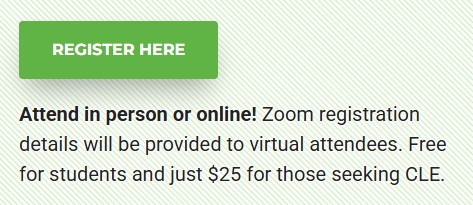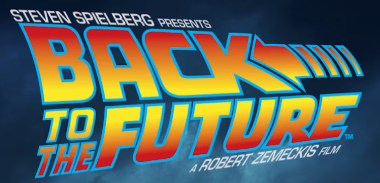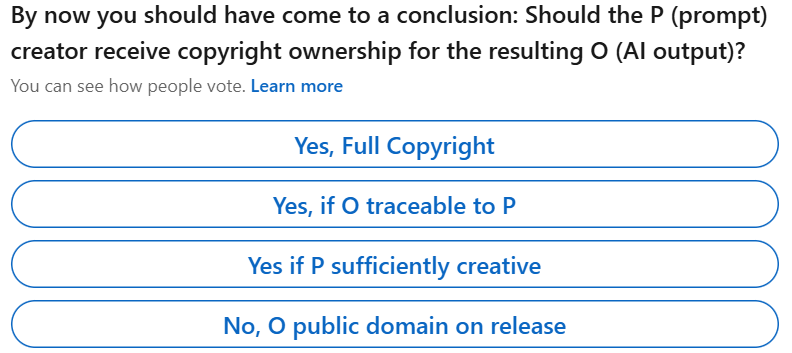by Dennis Crouch
In a memorandum issued Oct 28, 2025, USPTO Director John Squires designated Corning Optical Communications RF, LLC v. PPC Broadband Inc., IPR2014-00440, Paper 68 (PTAB Aug. 18, 2015) (except for § II.E.1) as precedential, formally restoring the Office's prior practice of requiring petitioners to identify all real parties in interest before IPR institution. This move was foreshadowed by last month's de-designation of SharkNinja Operating LLC v. iRobot Corp., IPR2020-00734, Paper 11 (PTAB Oct. 6, 2020), which had relaxed enforcement of the RPI requirement based on policy concerns about the difficulty of determining RPIs in many cases.
The America Invents Act provides that the USPTO may consider an IPR petition "only if" it "identifies all real parties in interest." 35 U.S.C. § 312(a)(2). This mandatory language indicates that the the agency must make some consideration of the RPI issue - but the primary questions are (1) whether RPI must be figured out prior to institution; and (2) whether the patentee can amend a petition that contained a faulty RPI statement. The new answers here are (1) yes; and (2) no amendment.
The result here is opening the door to more IPR petition denials. And, in many cases, refiling will be barred under the 1-year SOL.
To continue reading, become a Patently-O member. Already a member? Simply log in to access the full post.





